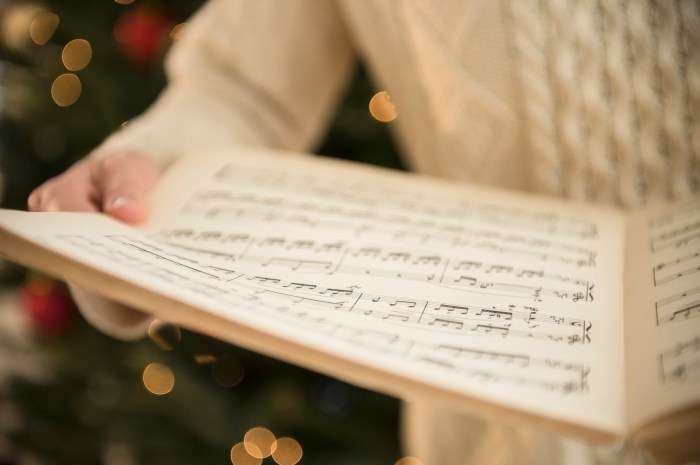By Shanice Punnett
It’s been 50 years since up-and-coming pop provocateur Andy Warhol created a minor scandal at the 1964 New York World’s Fair.
Warhol chose to enlarge mug shots from a New York Police Department booklet featuring the 13 most wanted criminals of 1962, as part of a set of public commissions for the Philip Johnson-designed New York State Pavilion.
“13 Most Wanted Men,” which formed a chessboard of front and profile views, was installed by April 15, 1964 and, on orders of the fair organizers, covered with silver paint the night before the event opened to the public. All that was visible was a 20-foot-by-20-foot silver square.
Later that summer, Warhol produced a set of Most Wanted Men paintings, adding first names and numbers from the NYPD booklet with the screens from the mural he created. Nine of them are assembled at the Queens Museum forming the core of the 175 or so Warhol-related objects in the exhibition.
The exhibition takes Warhol’s 13 Most Wanted Men as its single subject and addresses its creation and destruction and places it in its artistic and social contexts.
Artists’ and photo journalists’ documentation of the Fair and of Warhol’s Factory are connected with never-before displayed materials from the Andy Warhol Museum archives, unwinding the mystery behind who ordered the painting over of the mural, and the people and places that shaped the work and the incident.
On display at the Queens Museum are nine of the Most Wanted Men paintings, Warhol’s copy of the NYPD booklet from 1962, and original documents chronicling the entire project from its inspiration to its controversial ending. A selection of Warhol’s works from that same era, including his Heinz, Del Monte, Campbell’s and Brillo box sculptures, portraits of Jackie Kennedy and film projects like “Empire,” an eight-hour single shot of the Empire State Building, are also included in the exhibition.
“This exhibition explores a powerful and much overlooked moment in 1964 that intertwined art, history, politics, culture mores, sexuality, architecture and freedom of expression,” Tom Finkelpearl, former executive director of the Queens Museum said. “Andy Warhol’s return to Queens will allow for new audiences to engage in these same discussions. It is in a new area and new setting, while bringing these iconic works of art to the public.”
“13 Most Wanted Men: Andy Warhol and the 1964 World’s Fair – Conversations” is a full color publication that brings expert opinion and first-hand testimony about the events surrounding the creation and destruction of his work.
Director of the Andy Warhol Museum, Eric Shriner, said he was extremely pleased to be working with Queens Museum.
“We are thrilled to be collaborating with the Queens Museum on this historic exhibition, celebrating the 50th anniversary of Warhol’s “Most Wanted Men” debut,” he said. “I am deeply indebted to our colleagues at the Queens Museum, as well as my own team, for their ground-breaking research and new insights.”
The exhibition is on view at the Queens Museum through Sept. 7. It then will travel to the Andy Warhol Museum in Pittsburgh.
For more information, visit queensmuseum.org.



































